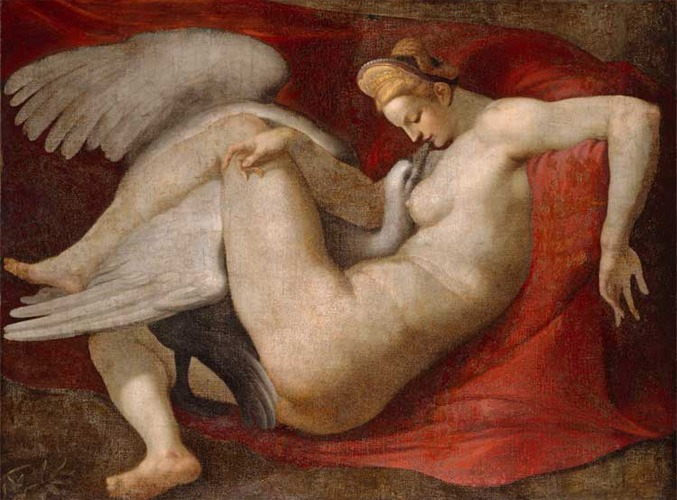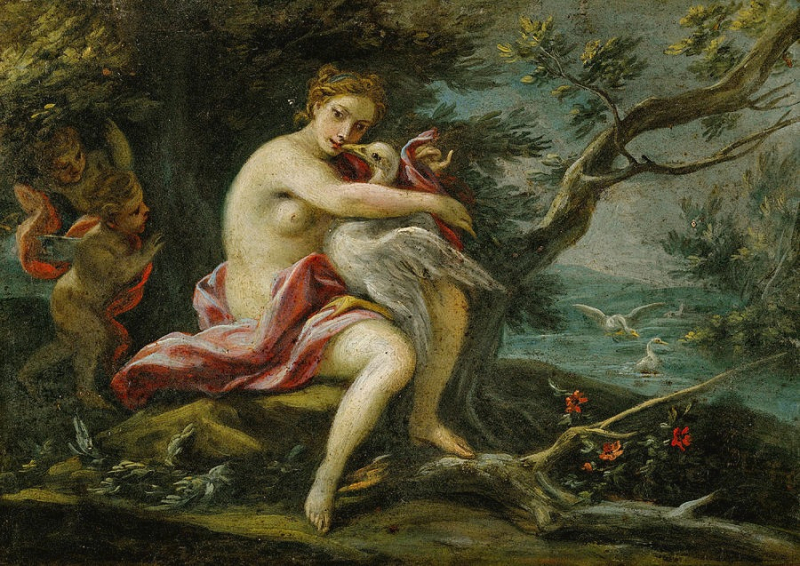Leda and the Swan
The Aetolian king Thestius had a daughter named Leda. She married King Tyndareus of Sparta when she reached marriageable age. Leda was regarded as a stunning woman, and her beauty drew the attention of Zeus, who watched her from his perch atop Mount Olympus. Then, one day, Zeus disguised himself as a gorgeous swan and flew into Leda's arms for refuge against a chasing eagle. He then had sexual relations with her and became pregnant as a result. Leda slept with her husband Tyndareus on the same night. This led to the birth of four children: Helen (the renowned Helen of Troy) and Polydeuces, offspring of Zeus, and Castor and Clytemnestra, children of Tyndareus.
Leda And The Swan's subject also became a common motif in Renaissance and subsequent art. The description of Leda embracing a swan or carrying an egg was common in Greek art. The Capitoline Museums in Rome include a famous marble statue of Leda holding a swan on display. It is likely to be a replica of a Greek original sculpted around 400 BCE and the first known representation of the Leda and The Swan, dating from the Roman period. On Attic red-figure pottery from the mid-to-late-5th century BCE, Zeus sits on a throne with Leda and an egg (but no swan is visible).












